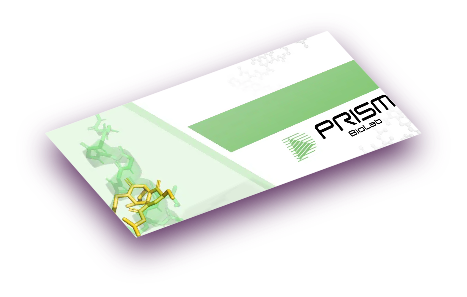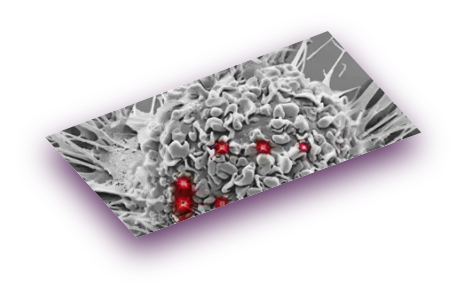As a leading web design company, Axxiem Web Solutions often fields questions about one of the most talked-about design choices today: dark mode versus light mode. While the debate might seem like a matter of personal preference, the reality is that each mode offers distinct advantages and disadvantages from a user experience (UX) perspective. Choosing the right one—or, better yet, offering both—is crucial for creating a compelling digital product.
The Case for Light Mode ☀️
Light mode, the traditional design standard, features dark text on a light background. Its biggest strength lies in its readability. For centuries, this has been the standard for printed materials, making it a familiar and comfortable reading experience for most users. Light mode is also generally easier to use in well-lit environments and under direct sunlight, as the contrast helps minimize glare and reflections on screens. It’s also often considered better for users with certain visual impairments, such as astigmatism, where the glowing effect of light text on a dark background (known as “halation”) can make reading difficult.
The Case for Dark Mode 🌙
Dark mode, with its light text on a dark background, has surged in popularity for several reasons. The primary benefit is reduced eye strain in low-light conditions. When you’re using your device at night or in a dimly lit room, a bright screen can feel like a spotlight, leading to fatigue. Dark mode significantly reduces the amount of light emitted, creating a more comfortable viewing experience. It also offers a modern, sophisticated aesthetic that many users find appealing. For devices with OLED screens, dark mode can also contribute to better battery life, as the black pixels are turned off completely, consuming no power.
 So, Which One is Better?
So, Which One is Better?
The truth is, there’s no single “better” option. The ideal choice depends heavily on the content and the user’s preference.
• For content-heavy sites like blogs or news websites, light mode is often the superior choice for long-form reading, where legibility and familiarity are key.
• For dashboards, creative tools, or entertainment apps, dark mode can create an immersive environment, reduce distractions, and highlight visual elements.
The most effective solution, and the one Axxiem Web Solutions champions, is to offer a choice. Providing users with a toggle to switch between dark and light modes empowers them to tailor their experience to their specific needs, environment, and personal tastes. This not only improves the overall UX but also demonstrates a commitment to user-centric design—a core principle of our work.
In the end, the debate isn’t about one mode winning over the other. It’s about understanding the unique strengths of each and using that knowledge to build a more flexible, accessible, and user-friendly website.
Visit us at Axxiem to learn more about how Axxiem can help you!






